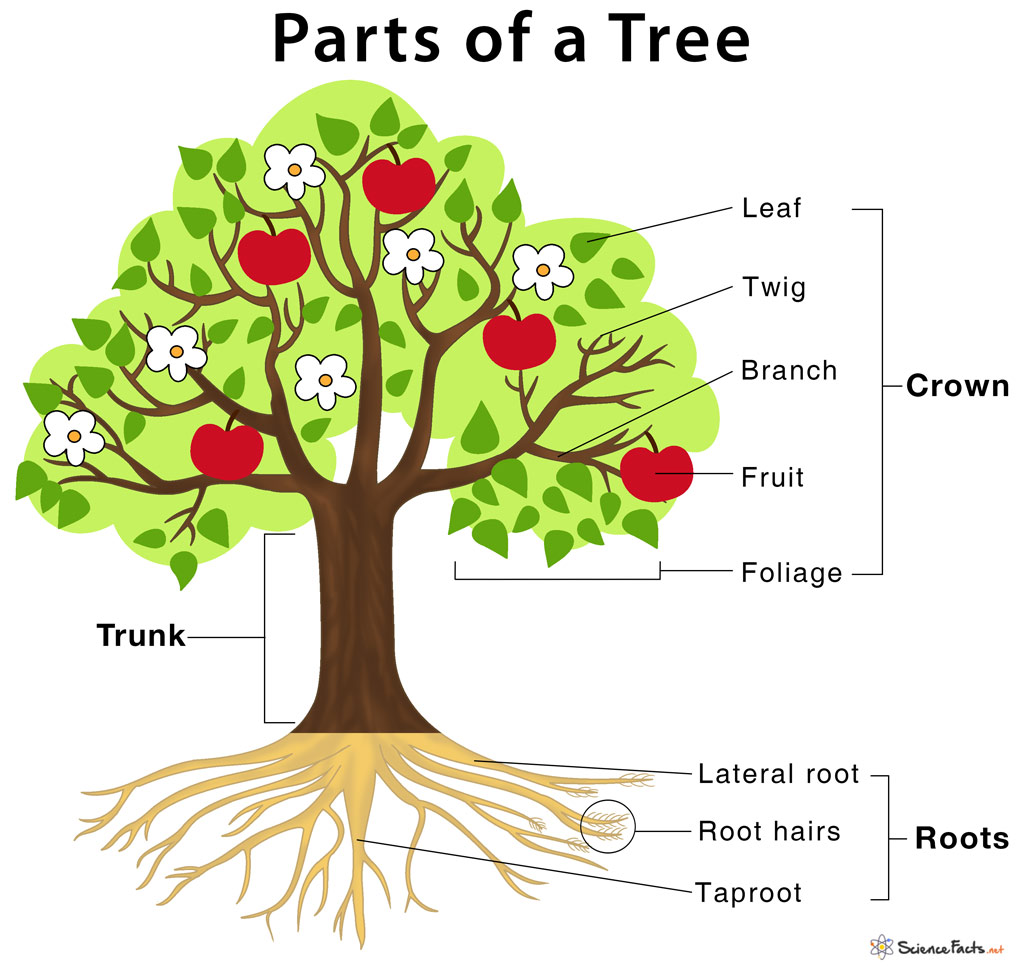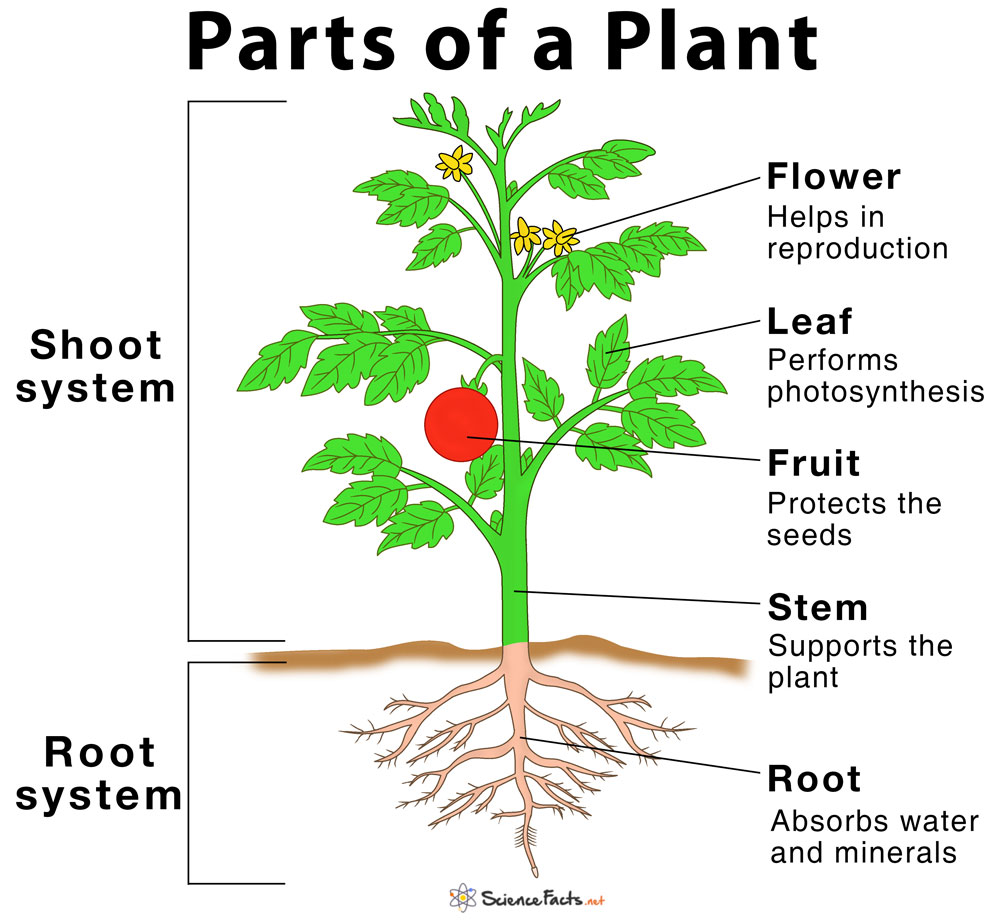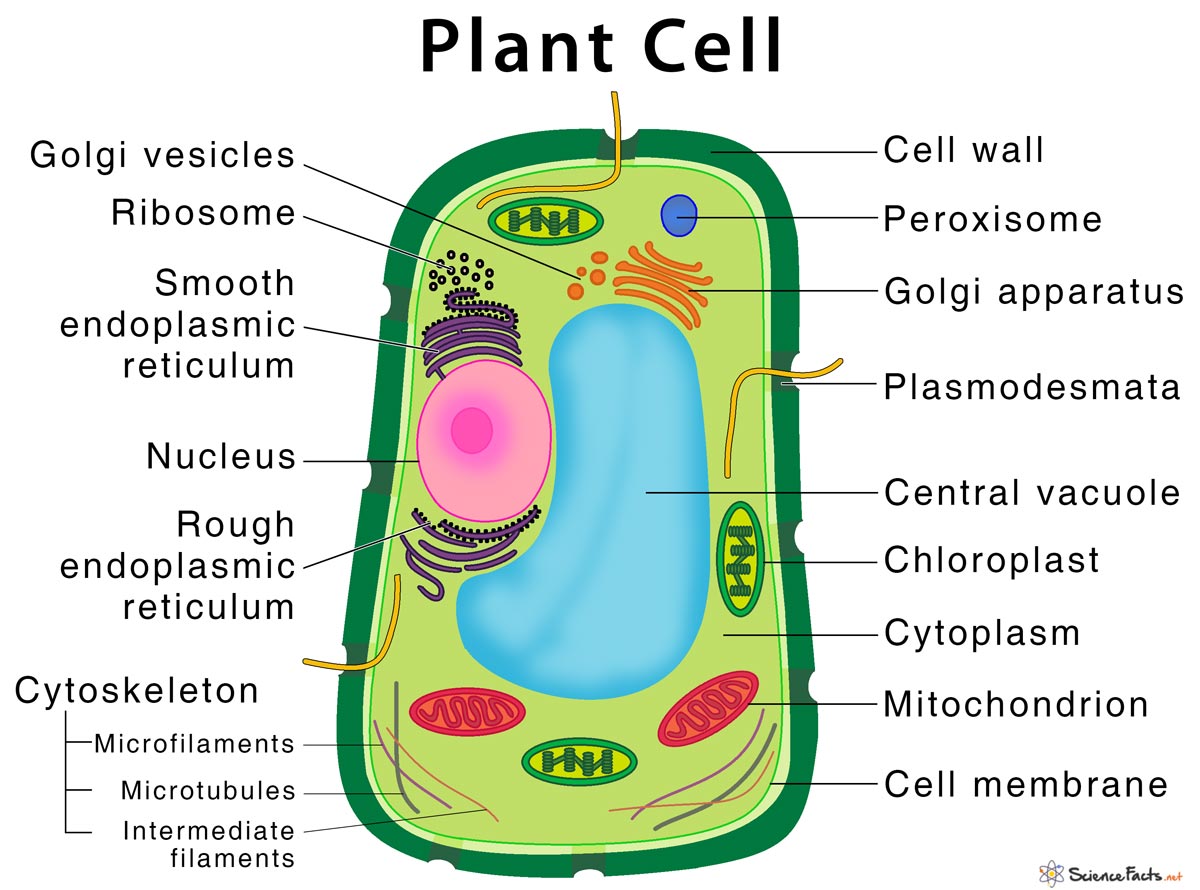Cold Front
A cold front occurs when a mass of cold, dense air moves into an area of relatively warm, light air, forcing the warm air to rise. Depending on the season, this can lead to noticeable weather changes, such as a drop in temperature, increased cloud formation, and precipitation, such as rain, thunderstorms, or even snow.
How Are Cold Fronts Represented on Weather Maps
Cold fronts are marked with a blue line and blue triangles pointing in the direction in which the front is moving. These triangles mark the leading edge of the colder air mass. For example, if the triangles point east, the cold front is advancing eastward.
How Are Cold Fronts Formed
A cold front forms through the following steps:
Step 1: Movement of Cold Air Mass
A cold air mass, being denser and heavier, moves into an area with a lighter, warmer air mass.
Step 2: Lifting of Warm Air
As the cold air moves in, it wedges underneath the warm air as cold air is denser. It forces the warm air to rise along the sloping boundary called the frontal boundary.
Step 3: Condensation and Cloud Formation
As the warm air moves up, it expands and cools. When the air cools to its dew point, the water vapor within it condenses to form clouds. Cloud formation depends on atmospheric moisture and the speed at which the warm air moves up. Cumulonimbus clouds form if the air rises fast and is moist, leading to thunderstorms, whereas stratus clouds may form if the air rises more gently.
Step 4: Precipitation
The rising warm air cools further, resulting in the formation of rain, snow, or thunderstorms, which depend on the temperature and humidity of the warm air mass.
What Weather Does a Cold Front Bring
A cold front is associated with the following weather changes as it moves through an area.
Temperature Drop
One of the most noticeable impacts of a cold front is the sudden drop in temperature within a short period.
Cloud Formation
As warm air is forced to move upward, it cools and condenses, forming clouds. If the air is humid, tall cumulonimbus clouds may develop, leading to storms. Otherwise, lower and thicker stratus clouds may form.
Precipitation
Cold fronts often bring rain, thunderstorms, or snow.
Wind Changes
Wind direction often shifts as the front passes. Ahead of the front, winds may blow from the south or southwest, while behind the front, they shift to come from the north or northwest.
Pressure Changes
Atmospheric pressure tends to decrease ahead of the cold front and rises fast after it passes.
-
References
Article was last reviewed on Monday, January 13, 2025



